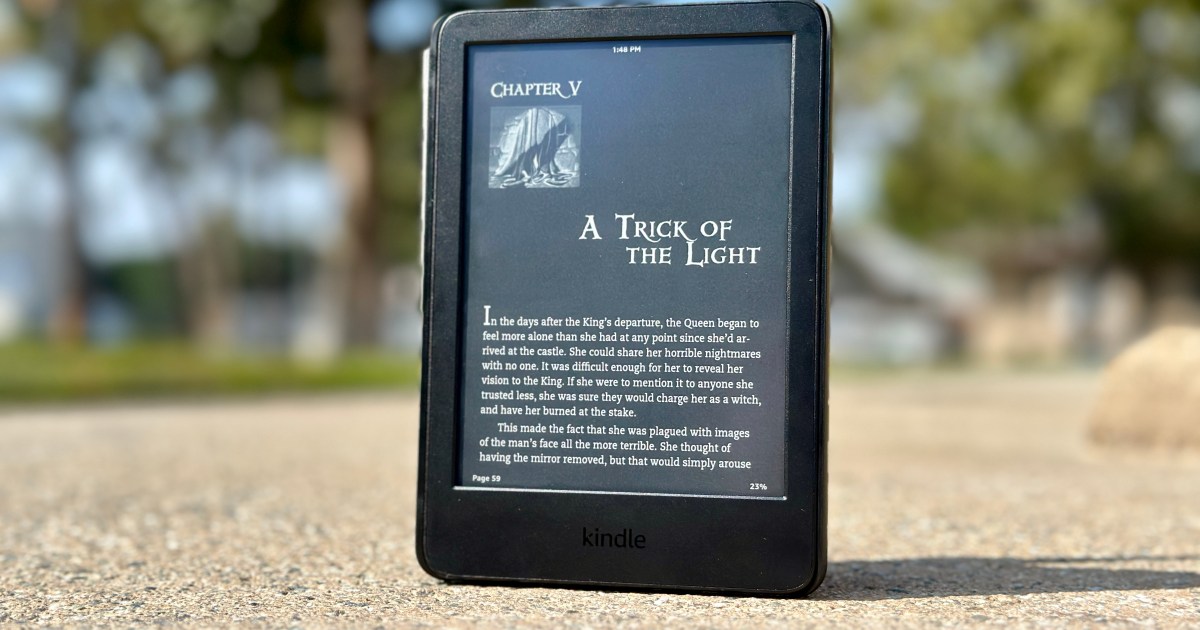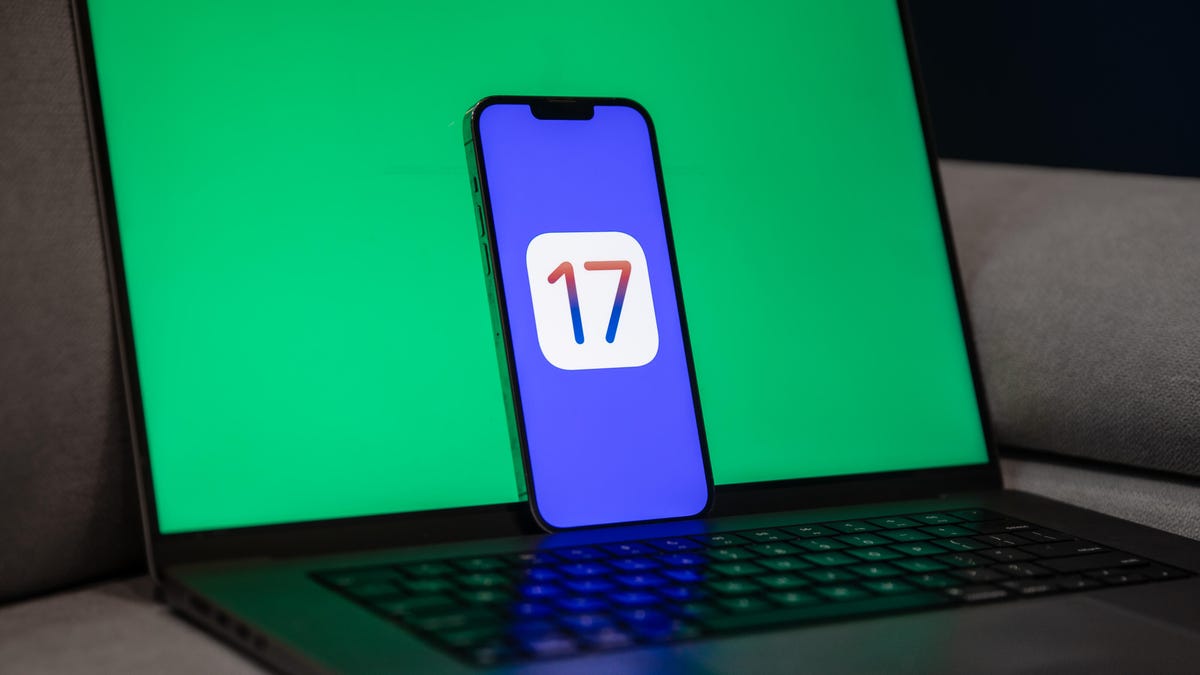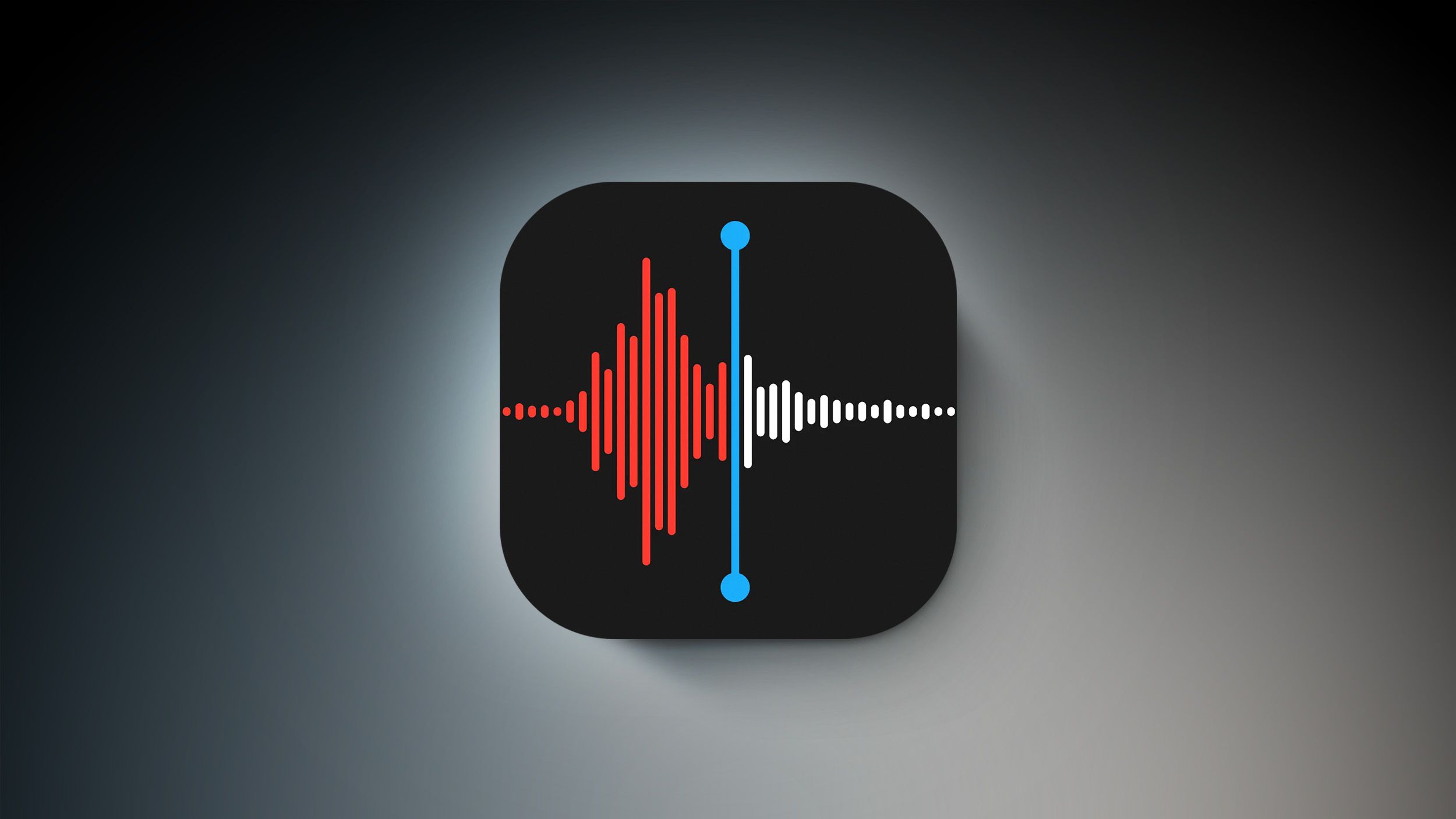iFixit lowers iPhone 14’s repairability score due to Apple’s parts pairing requirement.
iFixit lowers iPhone 14's repairability score due to Apple's parts pairing requirement.
Apple’s Post-Repair Requirement Leads iFixit to Lower iPhone 14 Repairability Score
/article-new/2023/05/Apple-Self-Service-Repair-Program-iPhone.jpeg)
In a surprising move, popular repair website iFixit has decided to retroactively lower the repairability score of Apple’s iPhone 14 from an initial high score of 7/10 to a significantly lower 4/10. This revision comes in light of Apple’s post-repair parts pairing requirement, which has caused concerns among independent repair shops. With this move, iFixit aims to emphasize the need for Apple to further improve its stance on the Right to Repair.
Initially, iFixit praised the iPhone 14’s internal redesign that showcased a more repair-friendly mid-frame. This design improvement, which was also extended to the iPhone 15 Pro and Pro Max, was seen as a step in the right direction for repairability. However, after considering feedback from the repair community, iFixit felt compelled to reevaluate its initial score.
According to iFixit CEO Kyle Wiens, while the innovative repair-friendly architecture of the iPhone 14 remains commendable, the reality for individuals attempting to fix these devices has proven challenging. Major repairs often require Apple’s approval, which means buying parts exclusively through their system and having the repair validated via a chat system. Failure to follow this process can result in limited functionality and annoying warnings.
The key concern highlighted by iFixit is Apple’s post-repair System Configuration software tool. This tool acts as a gatekeeper by authenticating genuine Apple parts, updating firmware, and calibrating components to ensure optimal performance and quality. Apple has recently introduced a way for customers to initiate System Configuration themselves by entering Diagnostics mode and following on-screen prompts. However, iFixit’s blog post sheds light on the various functional issues and warnings that can arise when this process is not correctly completed.
While iFixit acknowledges that Apple has made some progress in the Right to Repair area, it firmly believes that the company needs to be held to a higher standard. As a result, iFixit has adjusted its repairability scoring system to reflect this expectation. The lower score serves as a reminder to Apple that there is still significant room for improvement when it comes to user repairability.
The impact of this lower repairability score is particularly felt by independent repair shops, whose business models rely on the ability to fix various devices. With Apple’s parts pairing requirement, these repair businesses are rightly concerned about the potential threat to their livelihood.
Ultimately, the revision of the iPhone 14’s repairability score by iFixit serves as a call to action for Apple. While the company has taken steps in the right direction, there is a need for further improvements to ensure a more user-friendly and repairable ecosystem. By addressing concerns raised by the repair community and adopting a more open approach to repair, Apple can strengthen its commitment to the Right to Repair movement and empower users to take control of their devices.
With the ongoing discourse surrounding repairability and the Right to Repair, it will be interesting to see how Apple responds to this latest development. As technology continues to evolve, balancing innovation and repairability becomes increasingly crucial. Users deserve the freedom to repair their devices without unnecessary obstacles, and it is the responsibility of companies like Apple to facilitate and support this fundamental right.






